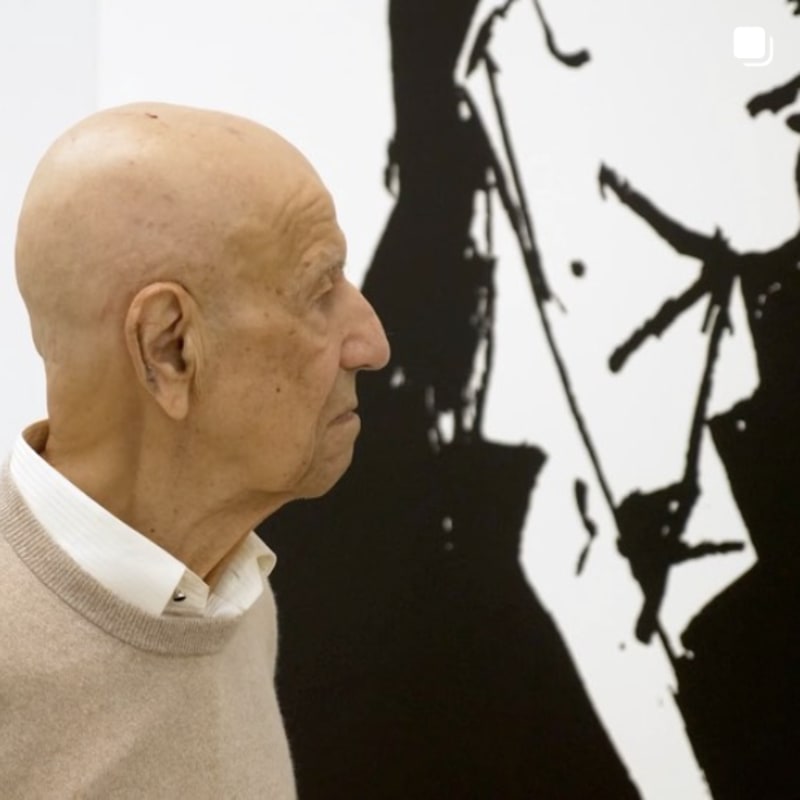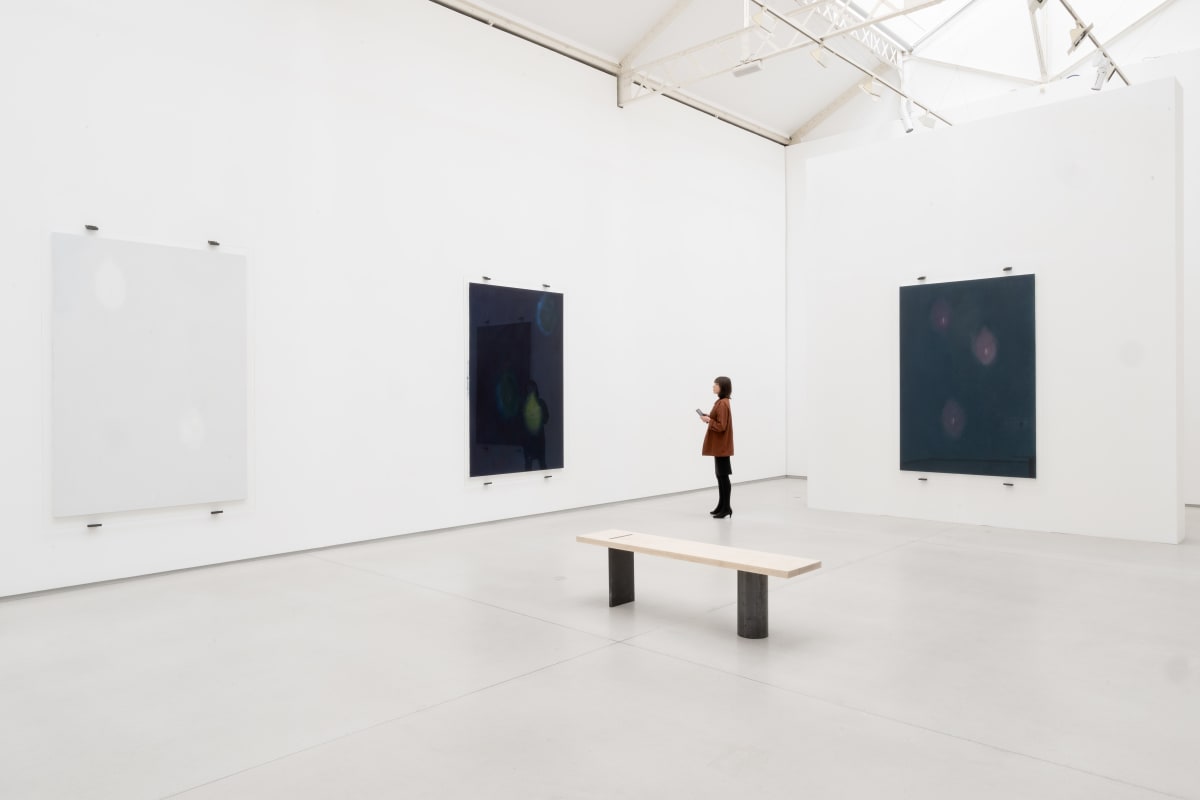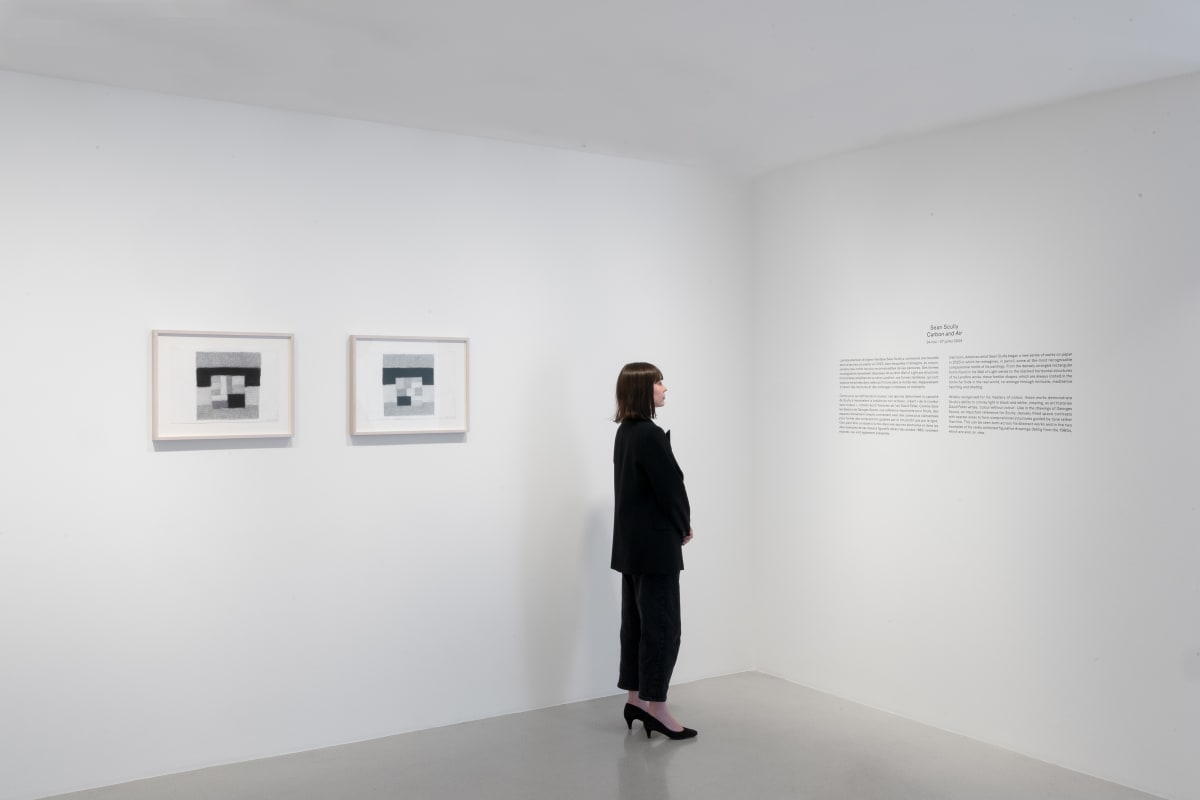

Overview
At a time when Abstract Expressionism prevailed and was identified as an American-abstract art, artists with a different vision adopted a less painterly and subjective approach.
Galerie Thaddaeus Ropac London opens with an exhibition of Conceptual and Minimal Art from the Marzona Collection. Works by the major representatives of these movements - Carl Andre, Dan Flavin, Donald Judd, Lee Lozano, Sol LeWitt, Robert Ryman, Fred Sandback, Richard Serra and Richard Tuttle will take centre stage in the Library Gallery of Ely House.
At a time when Abstract Expressionism prevailed and was identified as an American-abstract art, artists with a different vision adopted a less painterly and subjective approach. These ‘Minimal’ artists attempted to remove expressive, narrative or symbolic interpretations for the viewer to concentrate on the qualities of form, colour, space and materials. To draw the viewer into a direct relationship with the artwork they created their own pictorial language, often based on the use of simple geometric forms and employed industrial materials.
Richard Serra favoured the pliant quality of lead. Untitled (1968) consists of a rectangle plate of lead fastened by a cable at centre and placed on the floor. The tightening of the wire pulls up the soft and heavy skin of the material creating a visible tension, allowing for the viewer to witness the artworks’ gravity, weight and balance. Donald Judd used Cor-ten steel, a metal originally developed to build America’s railways. The exhibition features one of his first Cor-ten steel Stacks from 1989, composed of six identical units hung on a wall in a vertical line. Art historian Alistair Rider explains how the work questions the viewer’s perception of sculpture: ‘How we see and make sense of space and volume is fundamental to Donald Judd’s art. The self-evidence and simplicity of an ordinary, rectangular box, made from a standard industrial material, is exposed as endlessly complicated once we try to catalogue how it appears to us as a three-dimensional object’. While Donald Judd devised the stack as one of his signature forms, Sol LeWitt favoured the basic and combinative nature of modular cubes, stating: ‘[The cube] is best used as a basic unit for any more elaborate function, the grammatical device from which the work may proceed.’ Robert Ryman adopted the square as his preferred shape for its neutrality – it was a way to avoid emphasising a horizontal or vertical direction within his paintings.
Central to Minimal Art theory is the idea that art should not refer to anything other than itself. Materials and colours are the artwork’s reality and not a means to express. Artists called attention to the ways in which the artworks had an impact on the surrounding space and how in turn were affected by it. Material had a structural role for artists such as Carl Andre, who stated in 1966: ‘I use the material as the cut in space.’ In Untitled (Small Gray Corner Piece) (1968) Fred Sandback stretched lengths of metal wire to outline the corner, revealing both the framed and surrounding space. Lee Lozano aimed at subverting colour as the conveyer of emotion by making what she termed ‘energy paintings’. In Split (for D.L. Who likes yellow) (1967) variations of golden shades give the impression that the painting’s surface is moving. In the meantime, several artists thought about the notion of material more broadly, for example Dan Flavin who used light as matter, or Richard Tuttle who composed with shadow. The Dan Flavin light work featured in the exhibition is part of a group of duo-toned works that he conceived in 1964. Untitled (1964-74) consists of a horizontal pink fluorescent tube with a shorter red lamp on top. The pink and red blend to create a distinctive glow that colours and illuminates the surrounding space. When lit, Dan Flavin’s works are neither exclusively objects, nor entirely optical phenomena, they engage by the immersive effect of light and colour.
Not only does the exhibition give an understanding of the radical approach of these ‘minimal’ artists, it is also an exhibition about the art of collecting. Each work in the exhibition is linked to the prominent and pioneering collector Egidio Marzona, revealing his audacious taste and the life-long commitment to these artists. Egidio Marzona, born in 1944 in Bielefeld, Germany, has built one of the most significant collections of Arte Povera, Conceptual, Minimal and Land Art of its kind. He began collecting art in the mid-1960s against a backdrop of vigorous political protest. He engaged with the theories and manifestos of conceptual and minimal artists whilst building close relationships with them and collecting their work widely. He has conceived of collecting as encyclopaedic, applying what he likes to term ‘a mosaic approach’: ‘my creative part is to create a kind of picture of time. I began to intensely look for and buy the missing links or pieces’, he said.
The Marzona Collection was shown in a museum context in Vienna at the Museum Moderner Kunst Stiftung Ludwig in 1995, then during the 2001 Venice Biennale at Villa Manin (and also in the Kunsthalle Bielefeld) and has been on long-term loan to the Staatliche Museen zu Berlin.
An exhibition catalogue with essay an by Art Historian Alistair Rider will accompany this exhibition.












































































































































































